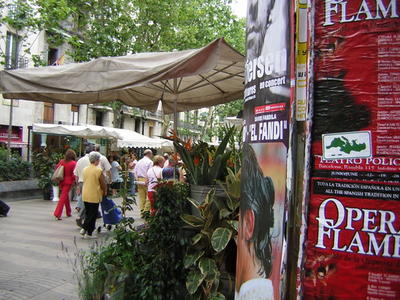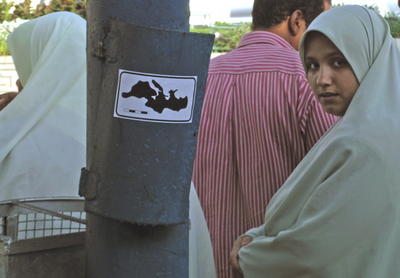The Mobile floating cultural center for the Mediterranean basin is a floating high technological self-independent mega structure carrying the knowledge and the arts of Mediterranean cultures and representing them to each other through its annual Mediterranean tour.
Design considerations:
The powerful Mediterranean cultures had great influence on design and imposed one important question: Despite the difference of times, places and circumstances that these cultures had grown, there is a single common factor affecting them which is the sea, how can equivalence be accomplished in the era of globalization and equity? The solution was in the manner of exhibiting itself: equivalent pavilions in space and shape with modern nature through the possibility of untying and reassembling it and making it an open space. Into these pavilions each country will present its culture whether historical, contemporary or futuristic vision.
Because of the building’s rare nature (mobile, floating), there were several features that had to be studied with care and considering them in the design process which connected closely with another domain: the naval architecture.
- The powerful relation to naval architecture made it a must to study the latest techniques in construction and physical services for this kind of building.
- The fact that the building is untied and reassembled made it impossible to be carried as one piece so it was more convenient to be divided into four pieces and carried by barges to the next port to be reassembled to begin its activities for a specific period then to untied and continuing its tour.- The use of explicit shapes reflects the ancient soul and still has echoes in present days.
- The use of the circle as a basic shape in the site plan reflects complete neutrality between countries participated also the fragmentation of volumes on main deck into simple similar rectangles to be interiorly designed as wished by each participant.
- The building is counting on itself to provide its basic services such as electricity which is being generated by windmill generators (clean power) on main deck and not to use any substances to pollute the water environment. Also using water and sewer tanks to be recharged by service ships.
- The use of basic direct colors, modern material and not hiding the structure system or the services tubes but showing them to show off with the building’s capability of depending on itself. (Hi-tech style).
Physical services:
Counting on itself is the basic fundamental of the project because of the variation of sites visited and the diversity of ports circumstances made it a must to provide its own clean power provided by windmill generators that need open spaces. So the windmill plant was placed on the main deck surface and the generators at the bottom of the building in the service floor, the ports normally do not contain high buildings that prevent the air flow. The building is friendly to environment, it doesn’t reject its substances in the open sea but it is kept into tanks to be recharged periodically.
Functional Criteria:
It was important that the technical aspects do not prevail on architectural function, which is a base for a successful design especially in this type of buildings that require basic studies of circulation. Four basic levels where concieved:
- The main deck was dedicated for the exhibits reinforcing the aspect mentioned before involving the interaction between the work of art and the nature to show it with best appearance.
- The fourth level contains: Entrance hall plus its services, Main theatre (864 seats), cloakroom, foyer, services, Grand cafeteria (400 m2 transparent facades), Administration section.
- The third level contains: The library and The multimedia library.
- The second level contains: The cinemas compound with its services, The technical services floor isolated from public spaces and related vertically with the administration section and the exhibits on main deck by the services elevator.
- The first level contains: The submersible glassed hall exhibiting the drowned monuments, also submarines visiting the monuments in their natural places as in Alexandria eastern port.
© Sherif El-Borai







